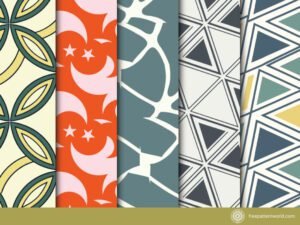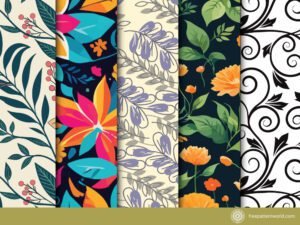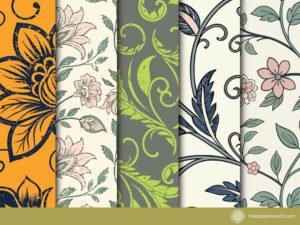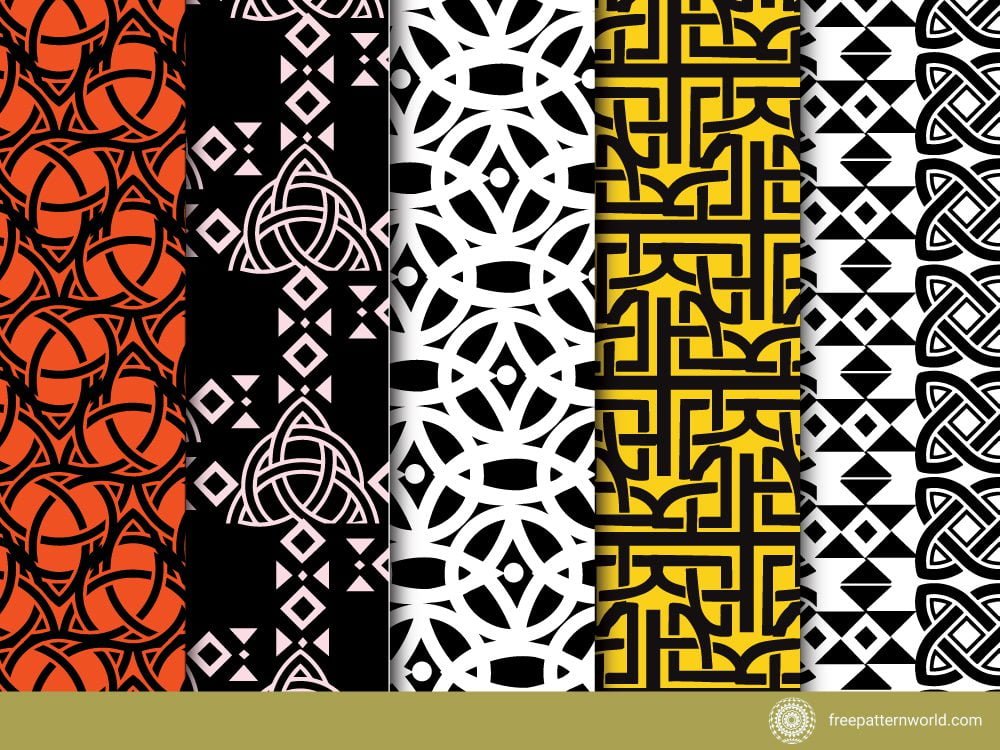
Celtic knot patterns are captivating designs with deep historical roots in ancient Celtic culture. These intricate designs often symbolize themes of eternity, interconnectedness, and continuity, making them timeless pieces of art. Here are the top five Celtic knot pattern designs that stand out for their beauty and symbolism:
Trinity Knot (Triquetra)
The Trinity Knot, or Triquetra, is one of the most iconic Celtic symbols. This pattern features three interlocking loops with no beginning or end, symbolizing eternity. It’s often associated with various trinities, such as the Holy Trinity in Christianity or the three realms of earth, sea, and sky. Its elegant simplicity and profound meaning make it a favorite in jewelry, tattoos, and artwork.

Celtic Cross Knot
The Celtic Cross Knot combines the Christian cross with traditional Celtic knotwork. This design includes a cross with a circular center, surrounded by intricate knots. The circle represents eternal life and the infinite nature of God’s love, while the cross stands for faith. This powerful symbol is frequently seen in religious art, gravestones, and cultural monuments, blending spiritual and cultural significance.
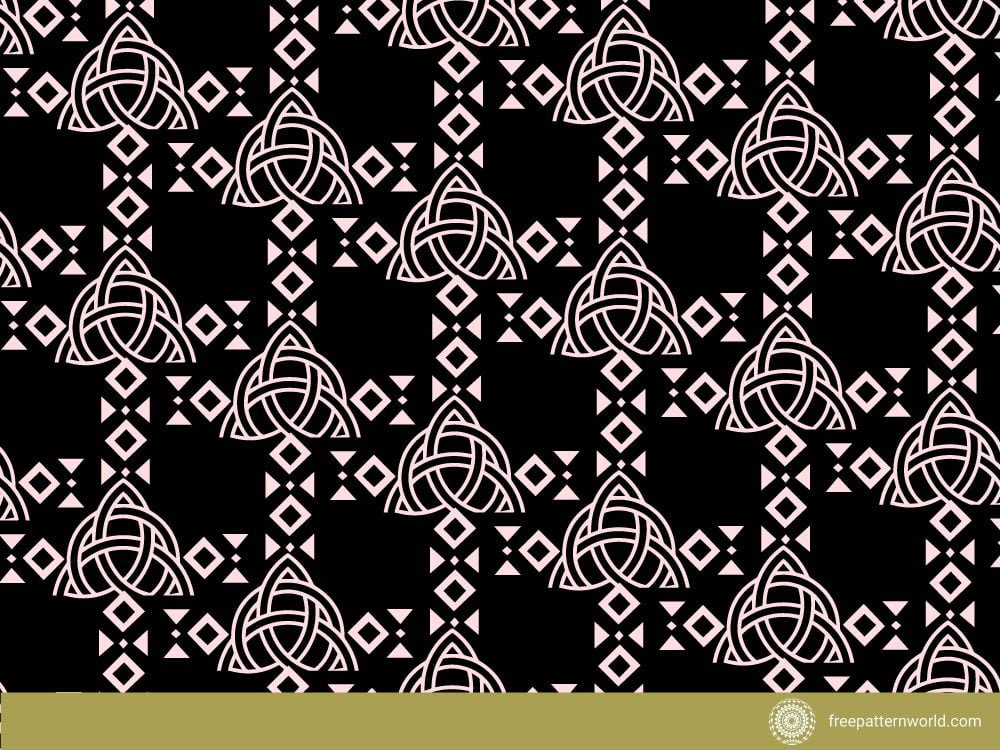
Shield Knot
The Shield Knot is a powerful symbol of protection. Traditionally used to ward off evil spirits and danger, this pattern features a square shape with loops at each corner, creating a robust and symmetrical design. The Shield Knot’s fortified structure symbolizes safeguarding and strength, making it popular in tattoos and home decor for its protective qualities.
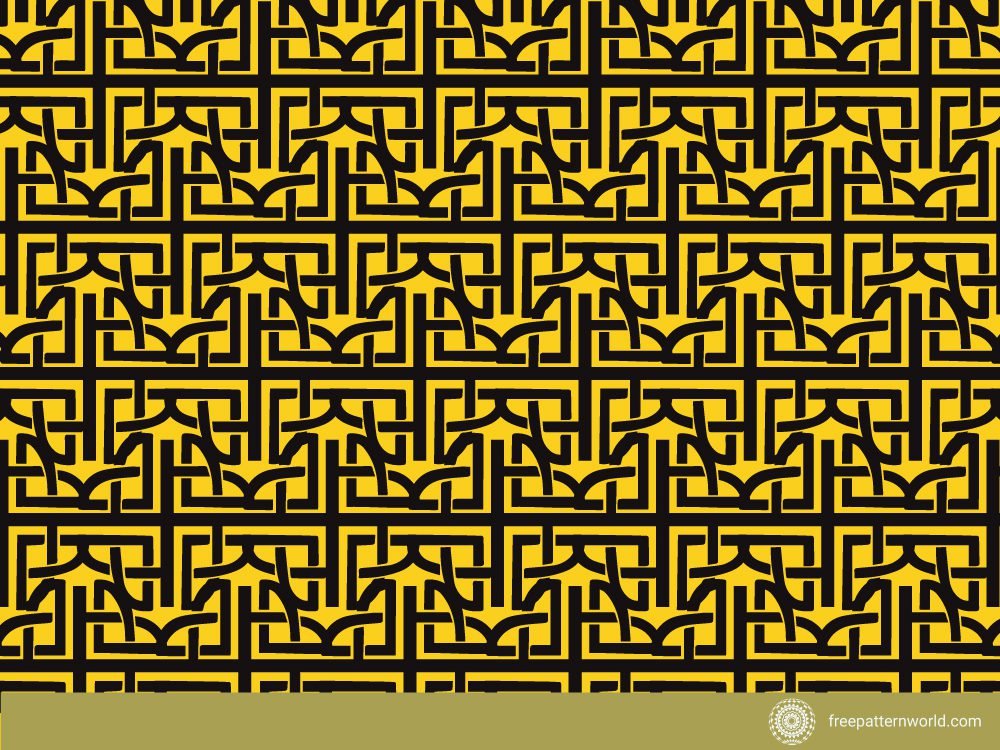
Lover’s Knot (Serch Bythol)
The Lover’s Knot, or Serch Bythol, represents eternal love and commitment. It typically features two interlocking hearts formed by a continuous loop of Celtic knotwork. This design symbolizes the everlasting bond between two people, making it a perfect motif for weddings, anniversaries, and romantic gifts. The intricate intertwining lines of the Lover’s Knot highlight the deep connection and unity shared by lovers.
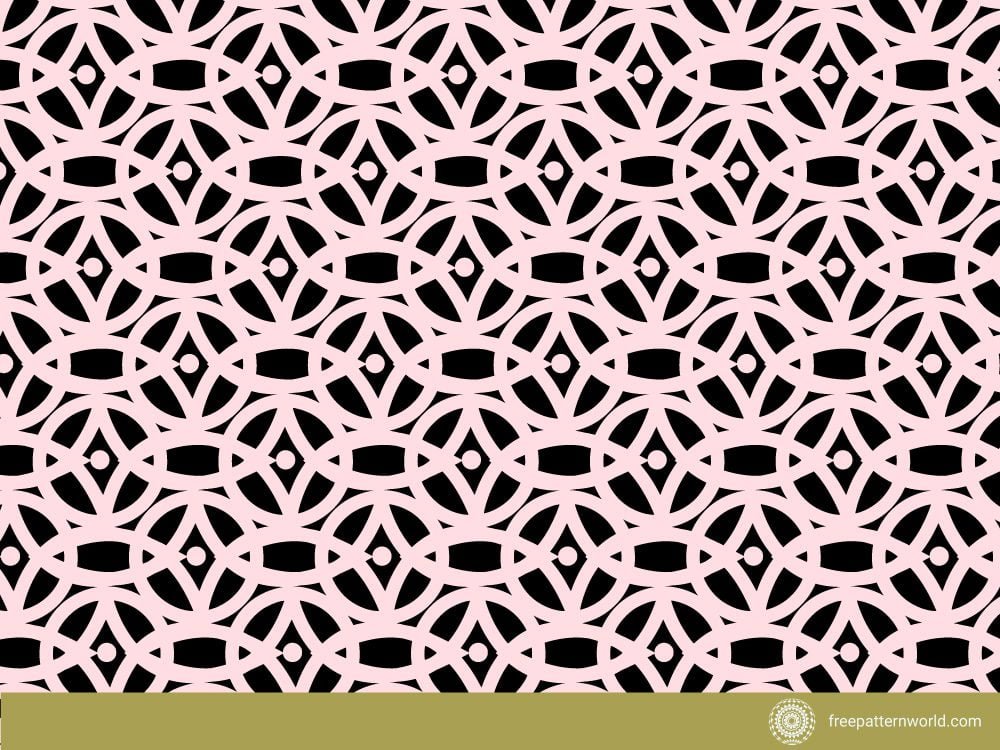
Sailor’s Knot
The Sailor’s Knot, also known as the Josephine Knot, is associated with sailors who would create these knots during long voyages. This pattern consists of two interwoven loops, symbolizing friendship and affection. The knot’s secure and intertwined nature represents a connection that withstands the test of time and distance, making it a popular design in maritime-themed art, jewelry, and crafts.

Celtic knot patterns are not just aesthetically pleasing; they carry rich meanings and historical significance. From the Trinity Knot to the Sailor’s Knot, each design tells a story of culture, spirituality, and human connection. Whether used in contemporary art, jewelry, or tattoos, these patterns continue to inspire and captivate with their timeless elegance and profound symbolism.
Embrace the beauty and heritage of Celtic knot patterns in your designs, and let these ancient symbols add depth and meaning to your artistic creations.
To download more Click here.
Download more free designs from freepatternword and freepik.
Top Graphic design service provider – Click here.
Support Us with Crypto!
If you enjoy our content and want to help keep this site running, you can support us with crypto. Your support is appreciated!
USDT(TRC20): TSW1iyNhUHiGvc2VdQvZqkqgCTGvdrnsY7
Bitcoin: 38ZHQNkrbZKYJhbLeFZiCrQdR3C2ddtAzV
ERC-20: 0xe1BD9D788256905c6efFd38333A3fF1b6DE3ce67
What is a Celtic knot pattern?
Celtic knot patterns are intricate designs that originated from ancient Celtic culture. These patterns feature loops with no clear beginning or end, symbolizing eternity and interconnectedness.
What do Celtic knot designs symbolize?
Celtic knots often symbolize themes such as eternity, continuity, protection, love, and spiritual unity. Each specific knot can have its own unique meaning.
What are some popular types of Celtic knot patterns?
Some popular types include the Trinity Knot (Triquetra), Celtic Cross Knot, Shield Knot, Lover’s Knot (Serch Bythol), and Sailor’s Knot. Each has its own distinct design and symbolic meaning.
Where are Celtic knot patterns commonly used?
Celtic knot patterns are commonly used in jewelry, tattoos, artwork, home decor, and religious symbols. They are also seen in cultural monuments and ancient artifacts.
What materials are best for creating Celtic knot artwork?
You can create Celtic knot artwork using various materials such as pen and ink, watercolor, digital tools, or even carving and metalwork. The choice of material depends on the medium and style of your project.

